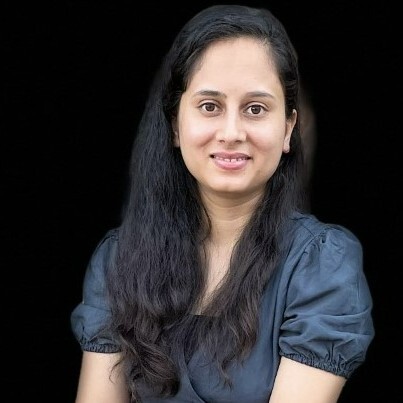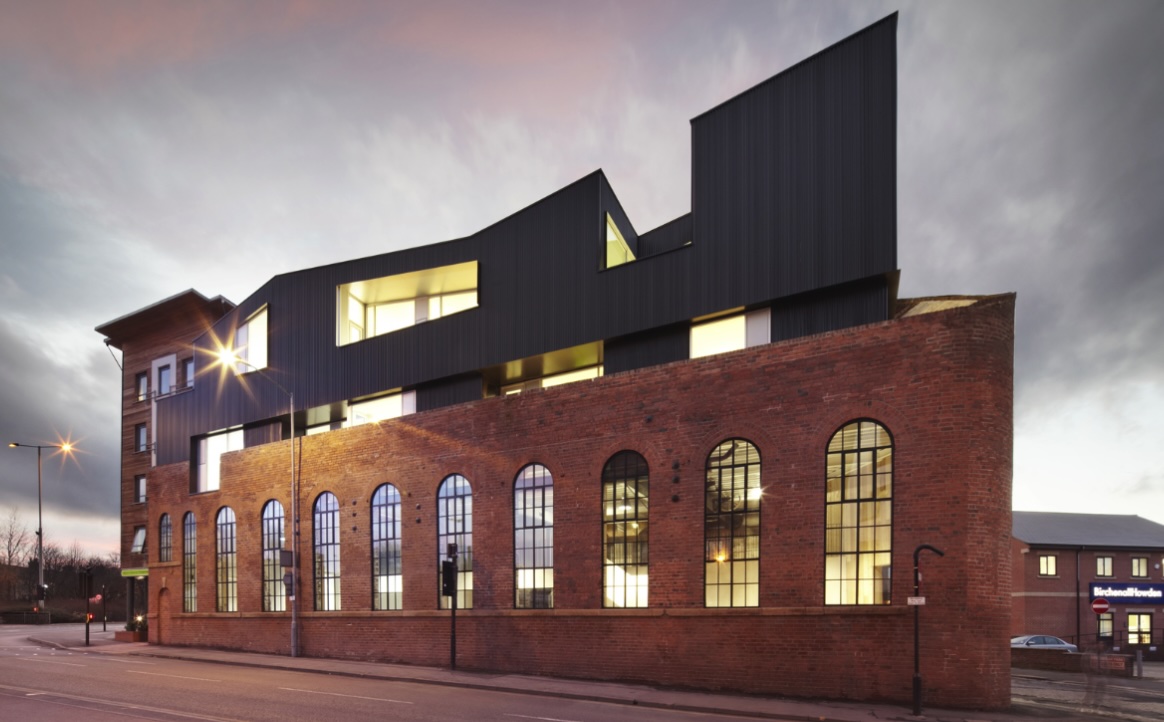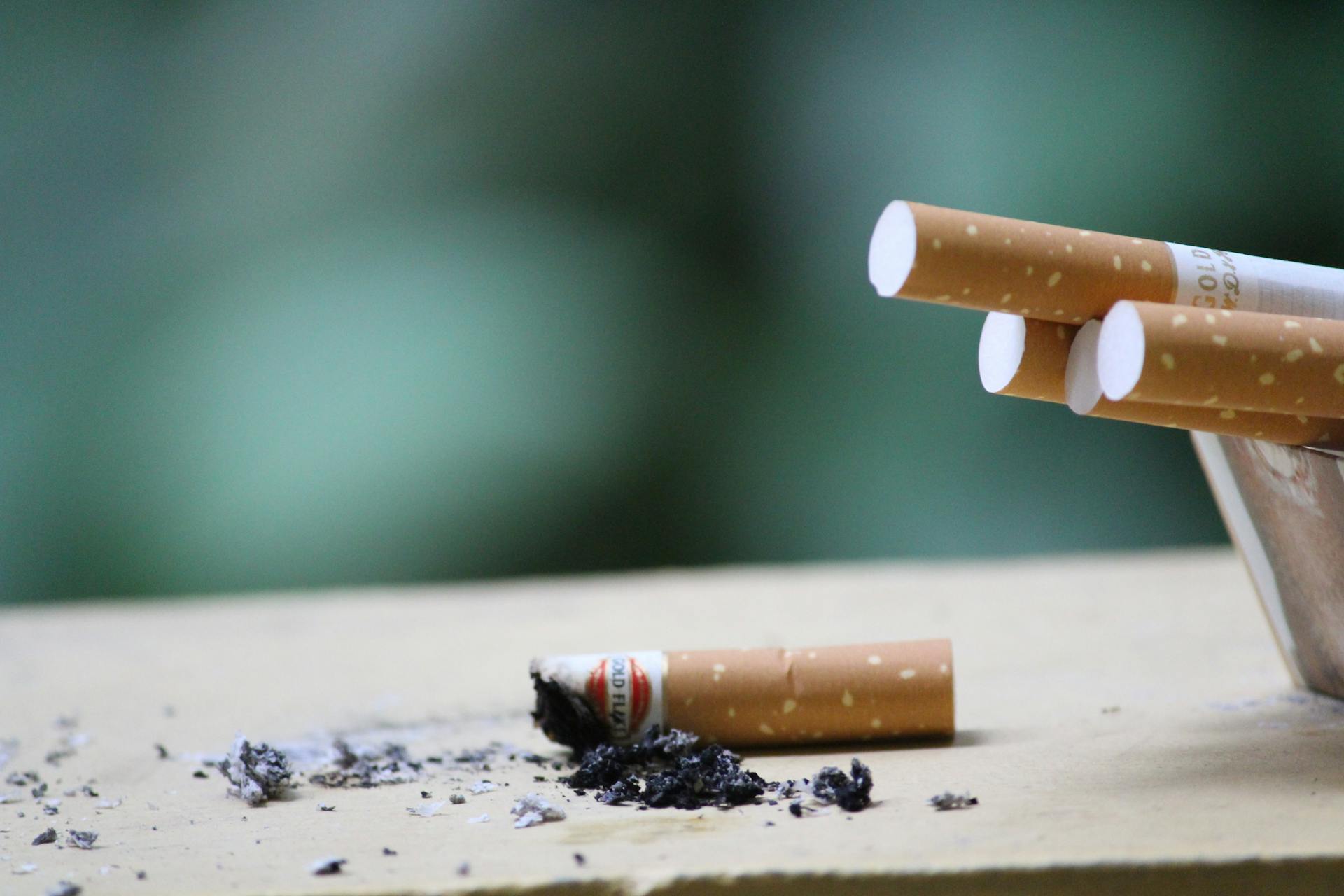The beauty of single cells
What does it mean to be alive?
This question has always fascinated me. As I grew up, I became captivated by the cells comprising our bodies, influencing our behaviour, and sustaining our lives. Our cells don’t work alone. Rather, they combine to form tissues and organs and work together to enable life. For the body to function well, cells need to be healthy and communicate effectively despite having different phenotypes amongst themselves.
Single-cell studies become crucial for studying the unique activities of these cells. By examining the activities and interactions of individual cells, single-cell studies provide insights into how these structural and functional units operate and contribute to the larger systems of life. They help us understand disease mechanisms, uncover unique cellular characteristics, and pave the way for personalized medicine. Put together, single-cell research has become indispensable for advancing our knowledge of biology and improving healthcare.
Catia Moutinho, founder of The Single-Cell World, is a scientific advisor and consultant. She has transformed her passion for single-cell sequencing into a fulfilling career, where she helps researchers with their quandaries in their single-cell sequencing projects. With more than 20 years of research experience, Catia had the opportunity to work in different countries, including Portugal, Spain, and Australia.
At The Single-Cell World, Catia, along with her team members Xana Martins (administrative assistant) and Noreen Bacus (podcast manager), create interesting podcasts, blogs, and more to disseminate knowledge about different technologies employed in single-cell and spatial transcriptomics experiments.
If you are looking for simplified information related to single-cell and spatial transcriptomics technologies, I am sure you will enjoy this riveting interview. Stay tuned till the end!
The interview
PN: Thank you for joining me, Catia. Let’s start with single-cell sequencing itself. What benefits does single-cell sequencing offer compared to other available technologies? How can these benefits enhance medical care?
CM: The answer lies in the minuscule details that help us get a closer look at a cell’s activities at a single-cell level. Studying these activities gives us opportunities to uncover detailed characteristics of cells that help us understand disease mechanisms.
These insights have helped researchers identify cellular biomarkers linked to disease. Medical professionals can also use this information to create prognosis plans, stratify patients by trait, and monitor treatment effectiveness over time. It’s for these reasons that single-cell analyses can be a game-changer for precision medicine.
PN: Let’s next pivot to your scientific advisor and consultancy role. What does your role as a consultant entail and who benefits from your expertise?
CM: I wear two hats: one as an advisor and the other as a consultant. As an advisor, I help researchers design experiments and troubleshoot their single-cell and spatial transcriptomics assays. I have been advising since my early research career days, where I helped students with their research projects. This passion of mine thrives today as The Single-Cell World, my free guide for single-cell researchers.
As a consultant, I collaborate with diverse stakeholders, including biotechnologists, technology distributors, and pharmaceutical companies. I offer them advice on strategic planning, business development, and market analysis, in addition to sharing my scientific expertise with them.
PN: Amid your consultations, what are the most common questions that your clients ask you? And what are the questions that you believe are important but are not asked enough in a single-cell research project?
CM: The most common questions my clients ask are: “What is the best technology?”; “Why did my experiment fail?”; and “What companies sell similar technology?”. We have so many technologies to choose from, factors as to why experiments fail, and competitors from which scientists need to compare. Such questions naturally come with the many options available to conduct single-cell research.
However, the questions I believe aren’t asked enough in a single-cell research project are: “Which technology is best suited for my project?”; “What are the limitations of technologies A, B, or C?”; “What challenges might I encounter while preparing my samples?”; “What inputs do I need for my experiment?”, and “Is it easy to analyse the results?” I believe these questions are more precise and help researchers decide upon the technologies most suitable for their research needs. Interestingly enough, it’s precisely these questions that will help scientists answer the most pressing questions they have for me.
PN: With many researchers coming to you for advice, you must have needed a lot of research experience to adequately meet their needs. What skills did you acquire as a graduate researcher that helped you hone your expertise in single-cell biology outside the lab?
CM: I was fortunate to have excellent mentors during my graduate studies. They inspired me and taught me many valuable lessons that have helped me beyond the lab bench. They taught me the following:
- To always ask, research, and learn: Science continues to gain new insights into the world we live in. And single-cell research is no exception. With the field evolving so quickly, it remains incumbent on consultants like me to keep up with the literature and glean new insights from it .
- To be curious: As a scientist, we need to tell ourselves that no question is silly; it’s better to ask than to be unsure. To best ensure that, we need to determine whether the assumptions we have are reasonable.
PN: It’s amazing that you accomplished all this without working in a lab for so long! How do you do so?
CM: Simply put, I leverage the most powerful and most useful tool at my disposal: research.
I begin by gathering information from companies about a technology or a kit of interest. I would learn from the vendors how the technology works and what kinds of experiments can be used. Then, I explore the literature to understand how researchers have been using it. I also investigate why researchers use it and what problems they face while doing so.
Additionally, I engage with wet-lab researchers within my network to gain insights into the practical considerations of conducting single-cell research. Lastly, I attend user meetings and participate in discussions on online platforms to observe researchers discussing their real-world experiences and challenges.
PN: I admire how you communicate advances in single-cell biology to your audience using a podcast. How did you decide to go this way?
CM: Simple communication is the key. After toiling for hours in the lab, I personally found it easier to learn through listening than by reading scientific papers. This gave me a chance to hone my communication skills while I was on a walk or enjoying my coffee in the sun. Learning to communicate this way also helped me balance my personal and professional lives and allowed me to take care of my mental health. Therefore, podcasting was the first thing that popped into my mind when I thought about a communication tool and that is how The Single Cell World podcast came into existence. As with any idea, I didn’t know if it was going to work or not. But it did.
PN: For a lab bench researcher, distinguishing between a true biological phenomenon and noise is paramount for use in medicine. How do you distinguish the two? I understand that changes observed in a single cell’s behaviour may not always be linked to a biological phenomenon.
CM: You raise an excellent question. It is extremely crucial to be able to distinguish between a true biological phenomenon and noise. This can be achieved by using statistical methods that help identify the patterns that occur consistently across cells. Additionally, what helps in such cases is to check if the data show a “standard” or a known biological process. For example, if we are studying a human brain sample, we cannot detect plant markers. What especially helps in such a case is a group of cross-functional researchers where the data analysts can analyse and biologists can help assign meaning to the data.
PN: As a podcast host, walk me through the process of setting up a podcast with a guest. How do you decide your guest list and what goes behind preparing for the interview?
CM: Initially, my podcast was focused on explaining the basics of single-cell sequencing or spatial transcriptomics technology. Later, I started inviting researchers I knew for interviews. Nowadays, people reach out to me, eager to share their knowledge and technology. Although the types guests I invite have changed, the podcast’s aim remains the same: to make researchers’ lives easy, whenever they have to do a single-cell sequencing or spatial transcriptomics experiment. s. I am grateful to have a community of people who are happy to collaborate with me to share their knowledge with fellow researchers.
Hosting a successful podcast requires a lot of work, which can be divided into pre-production and post-production phases. During the pre-production phase, I gather all the relevant information about the technology. Then, I prepare a list of questions tailored to the technology to be discussed. Next, I share the questions with the guest speaker. We then set up a Zoom recording, to host a casual discussion of the highlighted technologies. Finally, I focus on making our guests feel comfortable during the interview.
In the post-production phase, our podcast manager, Noreen, edits the podcast and prepares podcast notes and content for social media. Once this is completed, we share everything with our guest for their approval. Once approved, we upload the podcast to Podbean and Substack and distribute it to various channels like Spotify or Apple Podcasts.
In all these podcast episodes, I aim to simplify complex scientific ideas for our audience. I ask questions that would have helped me if I were working with the technology or method being discussed.
PN: That sounds exciting. On that note, who was your favourite podcast guest, and why?
CM: I love interviewing researchers from academia. As a former academic researcher, I resonate with their experiences. They do not shy away from discussing the failed experiments and the challenges and limitations of their method, a fact of life when it comes to bench work. Because of our shared experiences, I feel free to ask them anything related to their work, even their struggles. On the other hand, when my podcast guest is from a company, I need to be mindful of what we discuss.
PN: Let’s round off this interview with tidbits of advice for single-cell researchers. How should a researcher determine which single-cell assay works best for them?
CM: To determine the technologies best suited for their project, researchers should ask some key questions that would help them choose the option that aligns best with their research goals.
- What is the biological question in focus that they want to answer with their experiment? for example, is it tissue heterogeneity or lineage tracing?
- Do they want to identify the cell type only or would they also like to understand the spatial context?
- What aspect of cell biology do they want to focus on? DNA, RNA, protein, or a combination?
- What type of sample are they working with? What species are they using for their experiment and how many cells can they get started with?
- What level of data analysis are they looking for? Would they need an expert to analyze the data? And are there sufficient controls available to compare their results, which will help them gain meaningful biological insights?
Once researchers have answers to these questions, they can have a better understanding of their experimental needs and can hence choose the single-cell technology that aligns best with their research objectives. In case they want additional help, they can always reach out to me or other experts in the field, as it is better to ask than be unsure.
Author
-

Divya is a dedicated research analyst passionate about uncovering actionable insights that drive innovation in the life science industry. She brings PhD-level expertise as a researcher, technical writer, and project manager to write for GenoWrite. Her core competencies include data analysis, market research, and strategic recommendations. She is proficient in using advanced analytical tools and methodologies to uncover trends and insights that drive decision-making and innovation.
View all posts




